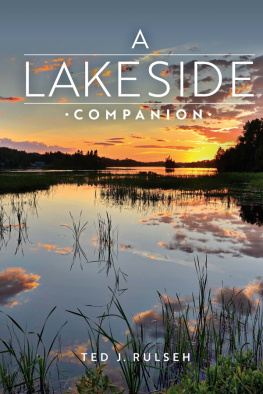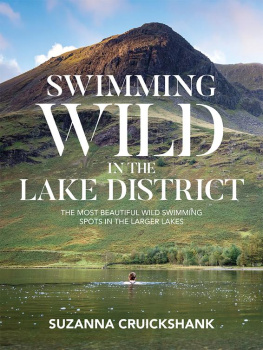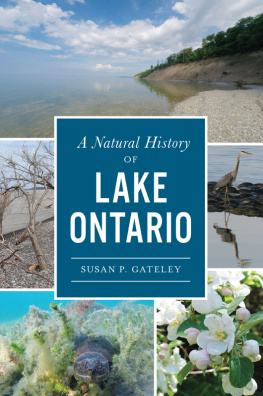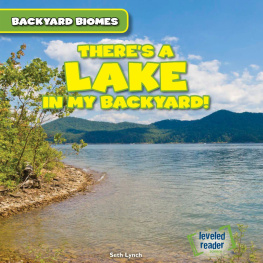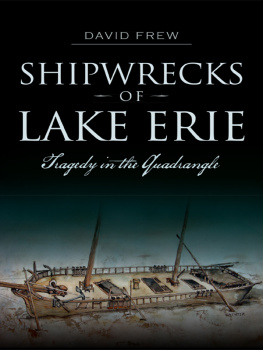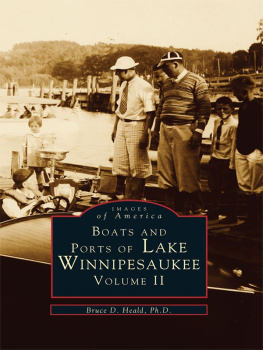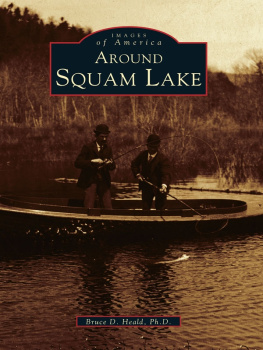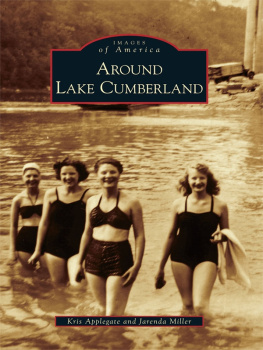All rights reserved. Except in the case of brief quotations embedded in critical articles and reviews, no part of this publication may be reproduced, stored in a retrieval system, transmitted in any format or by any meansdigital, electronic, mechanical, photocopying, recording, or otherwiseor conveyed via the Internet or a website without written permission of the University of Wisconsin Press. Rights inquiries should be directed to .
This book may be available in a digital edition.
Names: Rulseh, Ted, author.
Title: A lakeside companion / Ted J. Rulseh.
Description: Madison, Wisconsin: The University of Wisconsin Press, [2018] | Includes bibliographical references and index.
Identifiers: LCCN 2018011136 | ISBN 9780299320003 (cloth: alk. paper)
Subjects: LCSH: Lakes. | Lake ecology.
Classification: LCC QH98 .R79 2018 | DDC 577.63dc23
LC record available at https://lccn.loc.gov/2018011136
Preface
When you look at your favorite lake from your window or pier, or from a campsite or resort, what do you see? Beautiful blue water? A place for a refreshing dip in summers heat? A surface on which to paddle a canoe or kayak, float on an air mattress, or cruise in a boat? Favorite spots to catch fish for sport or the dinner table?
Your lake is all this, but its also much more. Its a collection of worlds: in the water; in the sand, gravel, rocks, and muck of the bottom; on the surface; in the air above; and along the shoreline, a belt of land incredibly rich in life. All these intertwine. Just as important is what you cant seethe physical, biological, and chemical processes that determine, for example, how many and what kinds of fish live in the lake, which plants grow there and how profusely, the color and clarity of the water, and how soon the ice forms in winter and melts in spring.
Theres much about lakes to know and understand, as youll discover on these pages. Im not a lake scientistjust someone who loves lakes, cares about them deeply, and has studied them in high school and college courses, in books and magazines and online sources, and through personal experiences. I grew up in Two Rivers, Wisconsin, on the shore of Lake Michigan, but I found inland lakes more captivating than the big lake, more accessible and inviting, especially those in the northern regions. The fascination took hold from the first time my family vacationed in a rustic lakefront cabin in the big woods of Upper Michigan, back when I was nine years old. I now live on Birch Lake, 180 acres of water, deepest point 27 feet, in the glacial lake country of north central Wisconsin.
Over the years Ive fished large lakes from the comfort of a boat and smaller ones from a canoe or float tube, or in waders. Ive snorkeled clear lakes, sliding like an otter over the smooth, barkless trunks of long-fallen pines to spy on bass and bluegills around sunken tangles oftimber. Ive watched sunsets over the water, observed loons and eagles, taken water-clarity readings as a volunteer lake monitor, paddled the shallows in a canoe at dawn. In short, Ive spent considerable time exploring and learning about lakes and lake life.
No doubt you have enjoyed lakes in many of the same ways. Now I invite you to look deeperat the forces that shape lakes and the life that abounds in them. Did you know, for example, that your lakes water has layers? That its water is really the broth of a thin soup rich in tiny plants and animals on which larger creatures feed? That the walleye or bass you catch owes its existence, first and foremost, to the sun? That lake ice melts from the bottom up? That lakes and the water under the ground are not separate entities but interconnected parts of the same system? That fish can breathe in water even though it holds less than one ten-thousandth as much oxygen as the air?
Here youll learn about all this and much else in simple terms you dont have to be a scientist to understand. Youll also share, through my eyes, glimpses of life here on Birch Lake that may call to mind experiences youve had, or would like to have, on your favorite body of water. So come along. I hope this book helps you know your lake more intimately, and come to love and appreciate it even more than you do today.
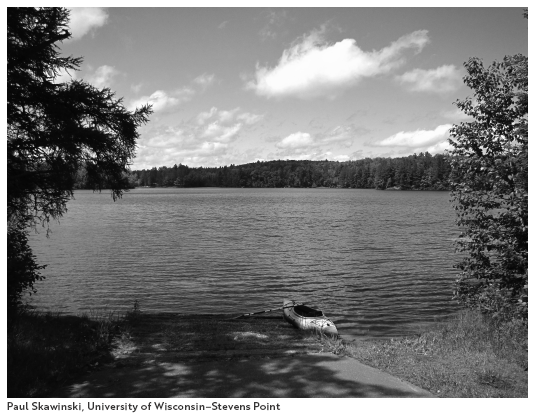
BASICS
1
PUTTING IN THE PIER
The winter ice is good for making sure we dont take our lakes for granted. The opening of the water is like a reunion with a beloved friend, and the official welcome is putting in the pier. Here on Birch Lake, the water usually opens in mid-April; sometimes the last of the ice lies up against our shore, postponing my pier project, but only for a day or so.
I look forward to this ritual much as I did putting up the Christmas tree when the kids were young, only this perhaps is better for all it portends. Maybe you roll your pier into the water on wheels. Perhaps you maneuver whole sections of light aluminum frame. Maybe your pier stays in the water all year. My pier goes together like pieces from an Erector set, and that adds to the childlike joy I feel in assembling it.
Preparations are easy. Sweatpants over trousers inside rubber hip bootsthat water is cold! Hooded sweatshirt. Ball cap and sunglasses. Carpenters square and level. Adjustable wrench. Ratchet wrench with socket. Plastic zipper-bag of bolts, nuts, and washers. And down the fifty-seven lakefront stairs I go.
Its in my nature to rush through chores like leaf raking and garage cleaning, but I dont hurry this one. I savor each step, working with care. The pier stands are stacked on shore in the order removed last fall. So, last out, first in. Set the first stand roughly 10 feet from the shore anchor. Balance it in place. Go get a side rail. Bolt one end to the shore anchor, the other to the stand, just finger tight. Repeat with opposite rail.
Check with the square; move the stand left or right as needed. Check with the level. Usually its fine, since the same parts go in the same places as last year and the lake bottom of silty sand doesnt change much. Tighten down the nuts at the four corners, enjoying the staccato ring of the ratchet. Continue with the remaining three frame sections and then the L extension where the bench goes. While I work, sometimes an otter swims by and assumes a seat on a branch of the fallen pine tree along the shore of the neighboring lot. His growls tell me that for whatever reason he does not approve of my work.
Simple as this task may be, it never goes perfectly. A stand tips over with a splash. A side rail slips into the water. A nut escapes my grip, always at the deep end of the pier, and I have to fish it out, getting a soggy sleeve for the trouble. Then the frame is done. Laying on thesections of cedar decking is like building a plank road to a season of promise. Decking in place, bench installed, I sit for a while. The ice having left early, we can expect more than seven months of open water. It starts now, today. Imagine the adventures, the simple joys, the wonders that await.

